Practical Guide to Plant Disease and Pest Control
During the growth process, plants are highly vulnerable to the attacks of diseases and pests. Mild cases may lead to yellowing and withering of leaves, while severe cases can cause the death of the entire plant, not only affecting the ornamental value but also resulting in economic losses. Mastering scientific prevention and control methods for diseases and pests is the key to ensuring the healthy growth of plants. The following provides practical guidance from three aspects: common types of diseases and pests, identification points, and comprehensive prevention and control measures.
I. Common Plant Diseases and Identification
Plant diseases are mainly divided into three categories: fungal, bacterial, and viral. The symptoms of different types of diseases vary significantly, and accurate identification is the first step in prevention and control.
1. Fungal Diseases
Fungal diseases are the most common plant diseases, with a wide spread and great harm. Common types include powdery mildew, anthracnose, and black spot. Powdery mildew mostly occurs on leaves and tender shoots. In the initial stage, white powdery spots appear, and later, the spots expand and merge into one, causing the leaves to curl and fall off. Plants such as roses, raspberries, and cucumbers are prone to infection. Anthracnose mainly damages leaves and fruits. At the beginning of the disease, brown spots appear on the leaves, gradually expanding into round or irregular spots. The center of the spot is grayish-white, and the edge is brown. In severe cases, the leaves dry out. Plants such as citrus, orchids, and pomegranates are often affected. Black spot mainly attacks the leaves. The spots are black, round or oval, with a yellow halo around them. Later, the number of spots increases, and the leaves fall off prematurely. Roses, chrysanthemums, and peach trees are susceptible to this disease.
2. Bacterial Diseases
Bacterial diseases are caused by bacterial infections. Common ones include soft rot, bacterial wilt, and angular leaf spot. Soft rot mostly occurs on fleshy stems, leaves, and fruits. The affected parts initially show a water-soaked appearance, and then the tissues soften and rot, accompanied by a foul smell. Vegetables such as cabbages, radishes, potatoes, and succulent plants are prone to the disease. Bacterial wilt mainly harms the roots and stem bases of plants. In the initial stage of the disease, the leaves of the plants suddenly wilt. The leaves remain green but lose their luster. When the stem is cut, the vascular bundles turn brown, and white mucus exudes when squeezed. Solanaceous plants such as tomatoes, peppers, and eggplants are the main victims. Angular leaf spot mostly harms the leaves. The spots are polygonal, yellowish-brown or grayish-white, with an oily halo at the edge. When it is humid, milky white bacterial ooze overflows on the back of the spots. Plants such as cucumbers, watermelons, and grapes are susceptible to infection.
3. Viral Diseases
Viral diseases are caused by viral infections, characterized by strong infectivity and great difficulty in prevention and control. Common types include mosaic disease, leaf curl disease, and dwarf disease. Mosaic disease is manifested as a yellow-green mottle on the leaves, with the leaves deformed and wrinkled. In severe cases, the plant growth is slow and dwarfed. Plants such as tomatoes, peppers, and tobacco are prone to the disease. Leaf curl disease causes the leaves to curl upward or downward, with the leaf color deepening or lightening, and the plant growth is hindered. Plants such as citrus, grapes, and cotton are often affected. Dwarf disease makes the plant significantly dwarfed, with shortened internodes, smaller and thicker leaves, and increased tillering but no fruiting. Cereal crops such as rice, wheat, and corn, as well as turfgrass, are susceptible to infection.
II. Common Plant Pests and Identification
Plant pests mainly include sucking pests, chewing pests, and boring pests. They damage plants by sucking sap, gnawing leaves, or boring into stems and roots.
1. Sucking Pests
These pests pierce the plant tissues with their mouthparts and feed on sap. Common ones include aphids, spider mites, scale insects, and whiteflies. Aphids are tiny and mostly gather on the back of leaves and tender shoots. They come in colors such as green, black, and brown, causing the leaves to curl and deform. At the same time, they secrete honeydew, triggering sooty mold. Almost all plants may be attacked by aphids. Spider mites belong to the mite family. They are extremely small and difficult to distinguish with the naked eye. They mainly harm the leaves. After sucking the sap, yellowish-white spots appear on the leaves, gradually expanding into reddish-brown patches, and the leaves wither and fall off. Plants such as roses, jasmines, citrus, and succulent plants are vulnerable to attack. Scale insects are covered with a waxy shell and mostly attach to leaves, branches, and fruits. Sucking the sap causes the leaves to turn yellow and the branches to wither. They also secrete honeydew, inducing sooty mold. Plants such as orchids, succulents, citrus, and camellias are their main hosts. Whiteflies are tiny and white, mostly gathering on the back of leaves. After sucking the sap, the leaves lose their green color and turn yellow. The honeydew they secrete contaminates the leaves, affecting photosynthesis. Greenhouse plants such as tomatoes, cucumbers, and poinsettias are prone to infection.
2. Chewing Pests
Chewing pests feed on plant tissues such as leaves, stems, and roots by gnawing. Common ones include cabbage caterpillars, diamondback moths, locusts, and the larvae of scarab beetles (grubs). Cabbage caterpillars are the larvae of cabbage butterflies. They are green in color and mainly gnaw on the leaves of cruciferous vegetables, causing notches and holes in the leaves. In severe cases, the leaves are eaten up, leaving only the veins. Diamondback moth larvae are small and green, mainly harming cruciferous vegetables. Gnawing on the leaves forms "skylight" - like transparent spots, and later the leaves curl and wither. Locusts are relatively large, mostly green or brown in color. They mainly gnaw on the leaves and stems of gramineous plants, causing broken branches and missing leaves in plants, and causing great harm to lawns, corn, and rice. Grubs are the larvae of scarab beetles. They live in the soil and mainly gnaw on the roots of plants, leading to root rot and necrosis. The plants wilt and die. Flowers, seedlings, vegetables, and lawns are all vulnerable to their damage.
3. Boring Pests
Boring pests mostly bore into the stems, branches, or fruits of plants, with strong concealment and serious harm. Common ones include longhorn beetles, carpenter moths, and peach fruit borers. Longhorn beetle larvae bore into the stems of plants, forming tunnels in the stems, causing the branches to wither and break. The adults gnaw on the leaves and tender shoots. Trees such as cherry blossoms, roses, poplars, and willows are prone to attack. Carpenter moth larvae bore into the stems and branches of plants, making the stems hollow. The plant growth weakens, and in severe cases, the entire plant dies. Trees such as begonias, pomegranates, and walnuts are often affected. Peach fruit borer larvae bore into the fruits, gnawing on the pulp and seeds, causing the fruits to rot and fall off. Fruit trees such as apples, pears, peaches, and jujubes are the main victims.
III. Comprehensive Prevention and Control Measures for Plant Diseases and Pests
The prevention and control of diseases and pests should follow the principle of "prevention first, comprehensive prevention and control", combining physical, chemical, biological, and other methods to reduce the occurrence of diseases and pests and their harm.
1. Preventive Measures
Prevention is the key to the prevention and control of diseases and pests, which can reduce the occurrence of diseases and pests from the source. First, select disease - and pest - resistant varieties. Different plant varieties vary greatly in their resistance to diseases and pests. When planting, give priority to varieties with strong adaptability and disease - and pest - resistance, fundamentally reducing the probability of disease occurrence. Second, rationally arrange planting. Avoid large - scale monoculture. Practice crop rotation or intercropping. For example, rotating cruciferous vegetables with non - cruciferous crops can reduce soil - borne diseases and the occurrence of specific pests. Third, strengthen cultivation management. Maintain appropriate temperature, humidity, and light conditions. Water and fertilize reasonably. Avoid excessive watering, which may lead to waterlogging in the soil, or excessive application of nitrogen fertilizer, which may cause the plants to grow excessively and reduce their disease resistance. At the same time, clean the garden in a timely manner. Regularly remove diseased leaves, fruits, dead branches, and weeds, and burn or bury them deeply to reduce the sources of diseases and pests.
2. Physical Control
Physical control uses physical means to trap, capture pests or inhibit the spread of diseases, which is environmentally friendly and pollution - free. For phototactic pests (such as moths and scarab beetles), set up black lights or frequency - vibration insecticidal lamps at night to trap and kill adults with light. For pests with color - tropism (such as aphids and whiteflies), hang yellow sticky traps to capture adults. Manually capture larger pests (such as cabbage caterpillars and longhorn beetle adults), or use a brush to remove scale insects and spider mites from the leaves. For pests in the soil (such as grubs and cutworms), deep - plow and sun - dry the soil to destroy the living environment of pests and reduce the pest population. In addition, high - temperature disinfection is also a commonly used method. For example, soaking seeds in warm water at 50 - 60°C can kill the germs and eggs on the surface of the seeds, reducing the occurrence of seedling diseases.
3. Chemical Control
Chemical control uses pesticides to quickly kill diseases and pests, which is effective but requires scientific use to avoid environmental pollution and harm to beneficial organisms. Before using pesticides, accurately identify the types of diseases and pests and select pesticides with strong pertinence. For example, for the control of fungal diseases, fungicides such as carbendazim, thiophanate - methyl, and chlorothalonil can be selected; for the control of bacterial diseases, bactericides such as streptomycin sulfate, thiazole zinc, and kasugamycin can be selected; for the control of viral diseases, there are currently no specific drugs, and drugs such as moroxydine hydrochloride and oligochitosan can be selected to relieve symptoms; for the control of sucking pests, insecticides such as imidacloprid, acetamiprid, and abamectin can be selected; for the control of chewing pests, insecticides such as cypermethrin, lambda - cyhalothrin, and Bacillus thuringiensis (BT) can be selected; for the control of boring pests, pesticides such as dichlorvos and chlorpyrifos can be selected, and they can be applied by injecting into the tunnels or smearing on the stems.
When using pesticides, strictly control the dosage and concentration according to the instructions to avoid over - use. Rotate the use of different types of pesticides to prevent diseases and pests from developing resistance. Pay attention to the application time. Avoid applying pesticides in high - temperature, windy, or rainy weather to reduce pesticide volatilization and loss. At the same time, take personal protection measures, wear protective clothing, masks, gloves, etc., to avoid pesticide contact with the skin and inhalation into the body.
4. Biological Control
Biological control uses beneficial organisms or biological agents to control diseases and pests, which is environmentally friendly, safe, and highly sustainable. Common biological control methods include using natural enemies to control pests. For example, introduce ladybugs to control aphids, predatory mites to control spider mites, and parasitic wasps to control cabbage caterpillars and diamondback moths. Use microbial agents to control diseases and pests. For example, use Bacillus thuringiensis (BT) to control lepidopteran pests, Beauveria bassiana and Metarhizium anisopliae to control underground pests and boring pests, and Bacillus subtilis and Trichoderma harzianum to control fungal and bacterial diseases. Use plant - derived pesticides to control diseases and pests. For example, matrine, azadirachtin, and pyrethrins. These pesticides are derived from plants, have good control effects on diseases and pests, and have little impact on the environment and beneficial organisms.
In conclusion, the prevention and control of plant diseases and pests need to combine the actual situation and flexibly use a variety of prevention and control methods, focusing on the combination of prevention and treatment. While effectively controlling diseases and pests, reduce environmental pollution and achieve a win - win situation for plant healthy growth and ecological protection.

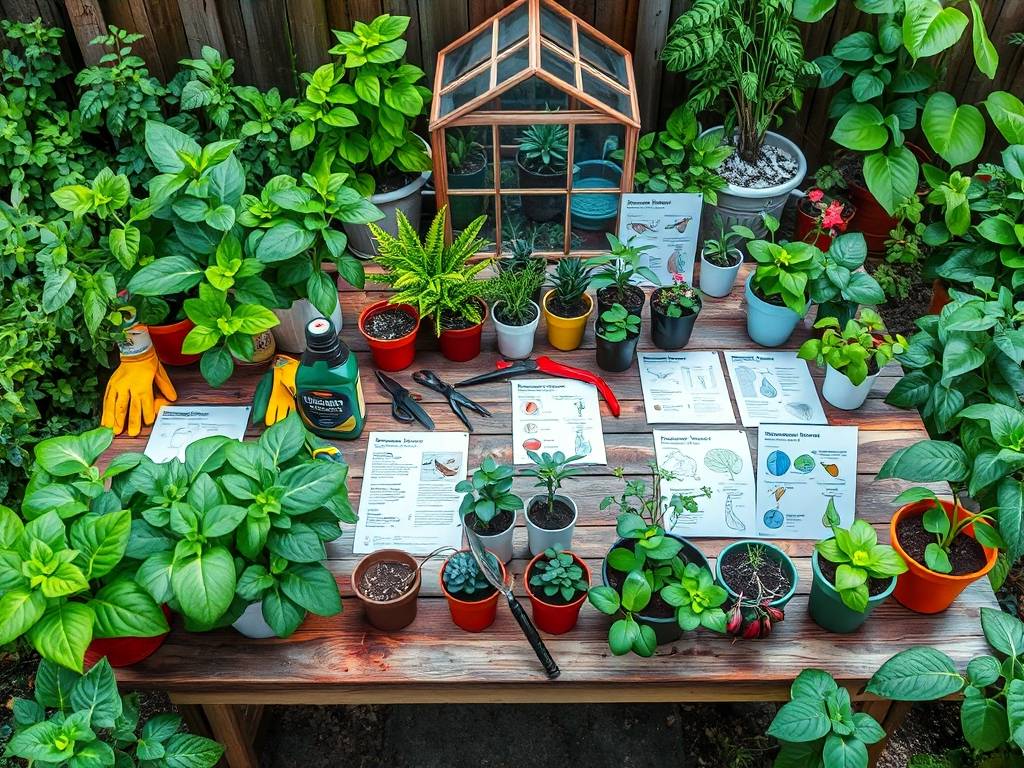
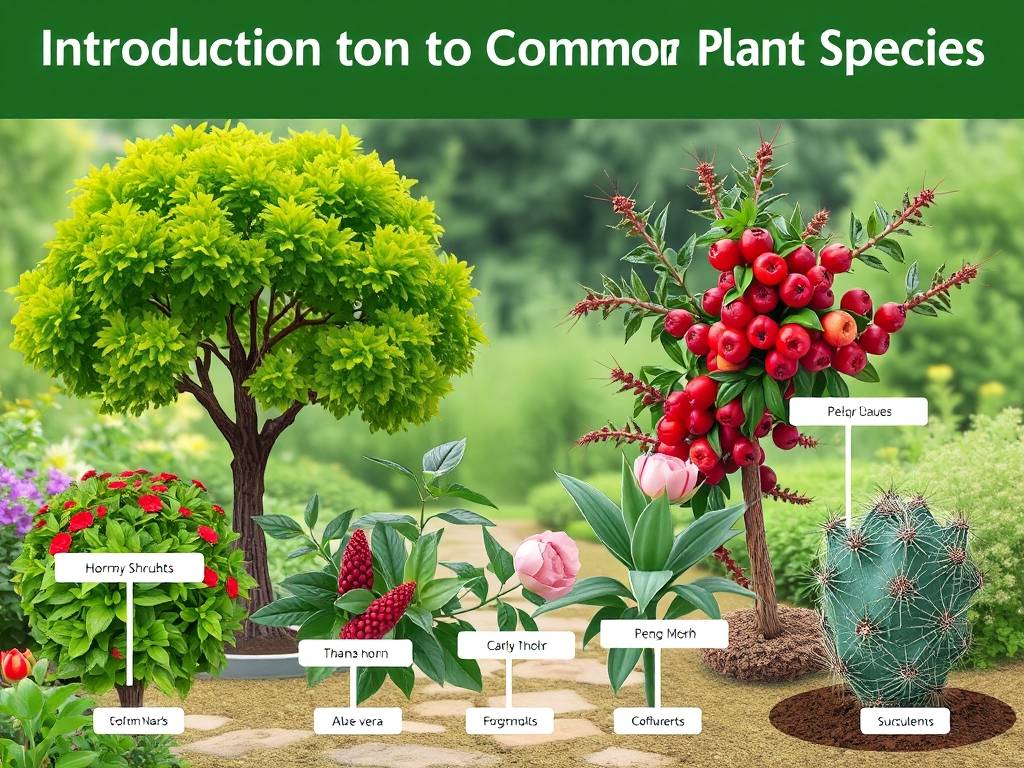
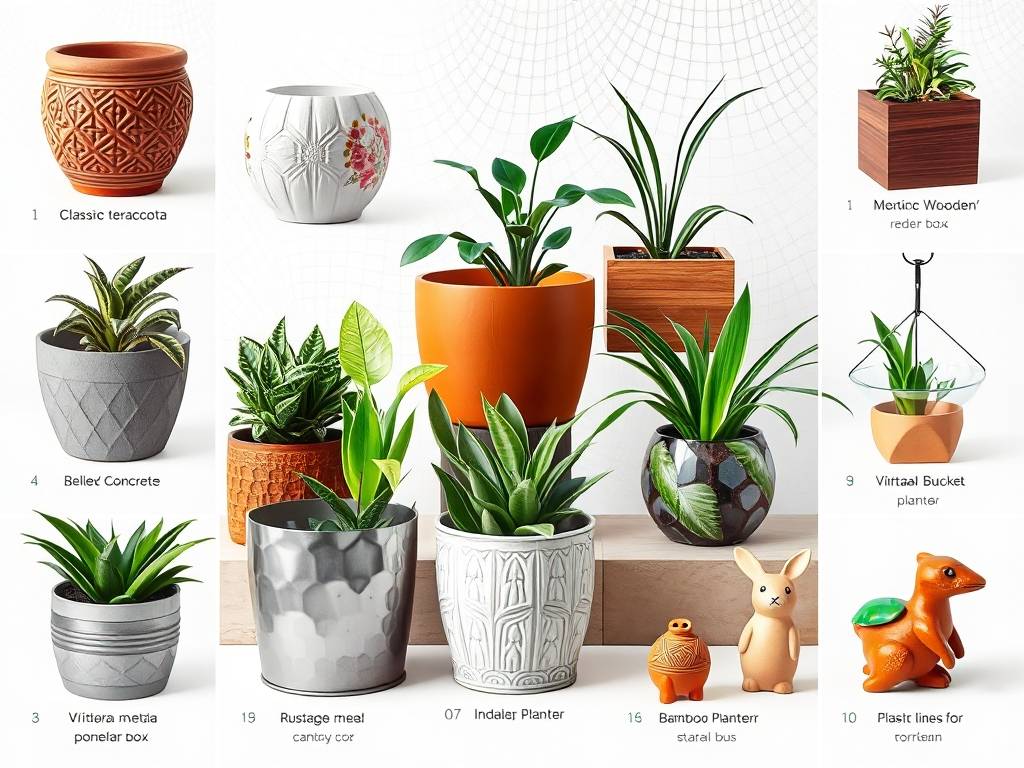
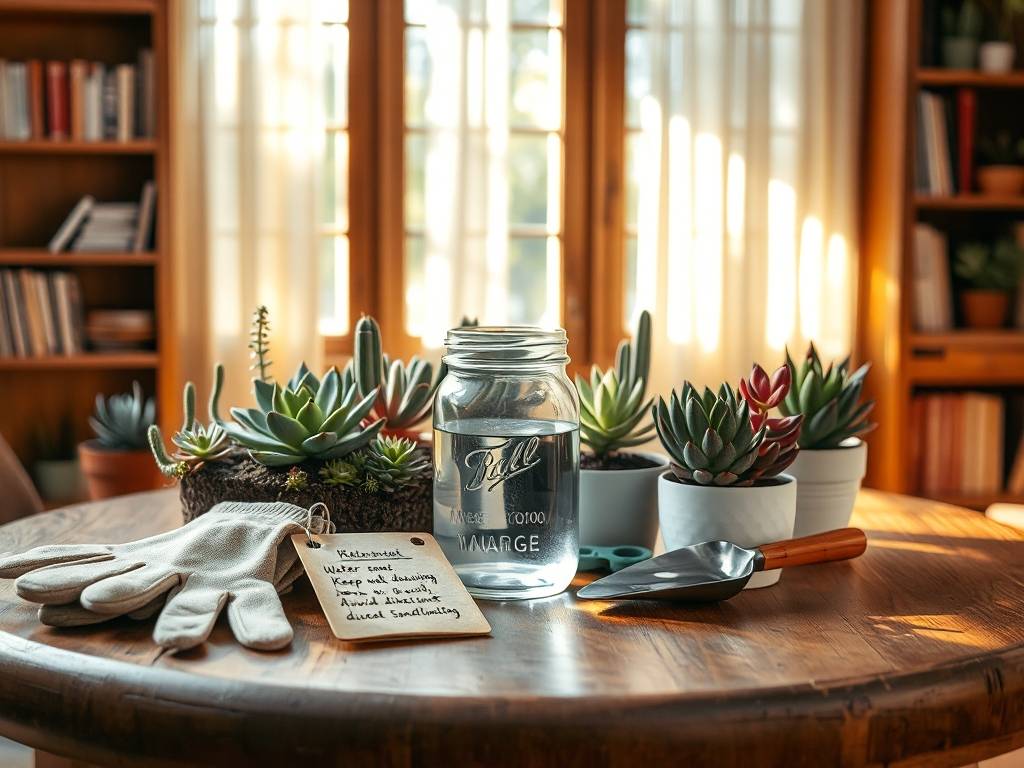
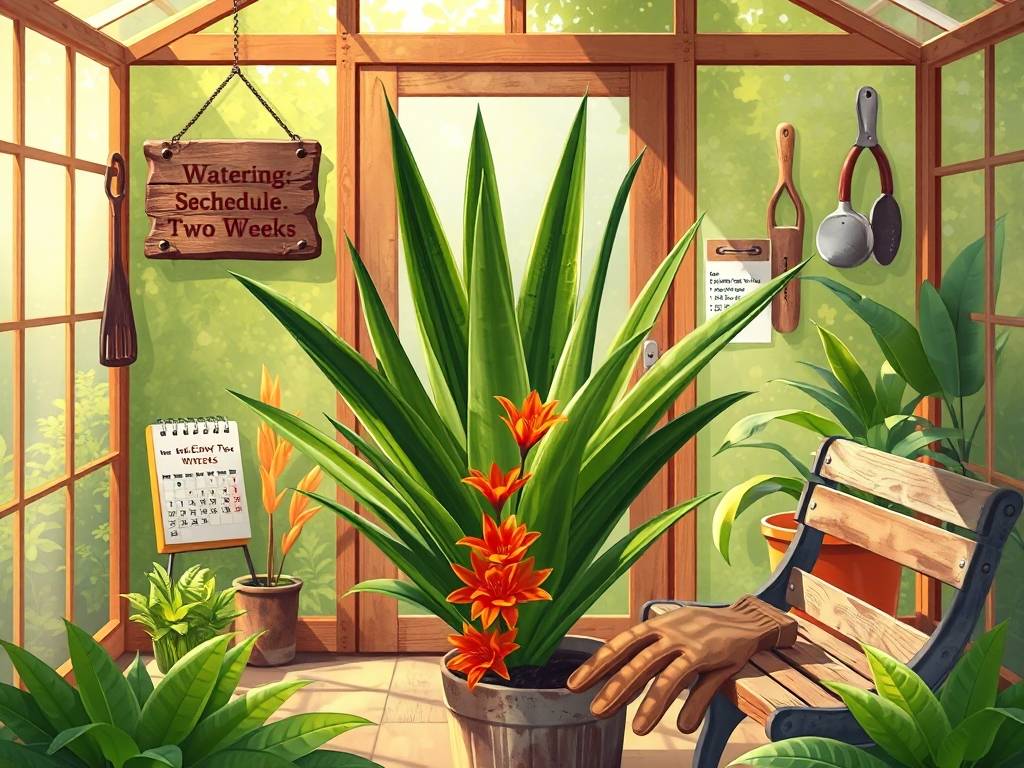
发表评论